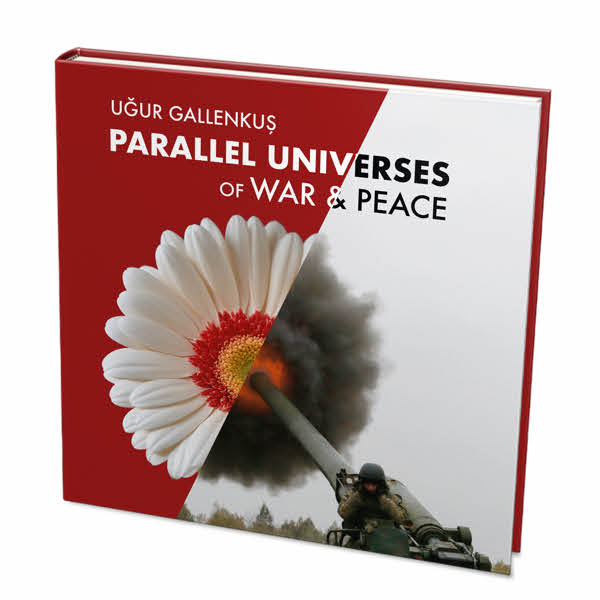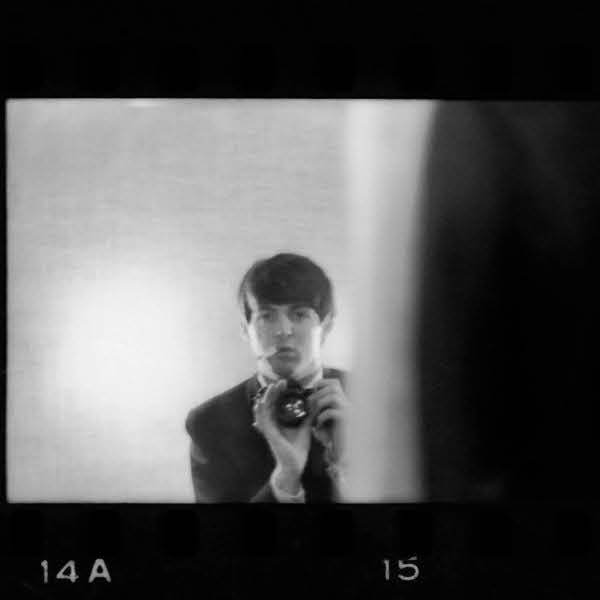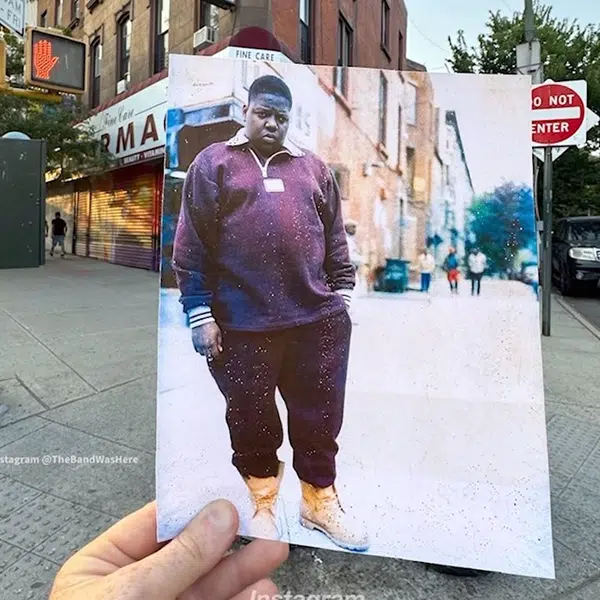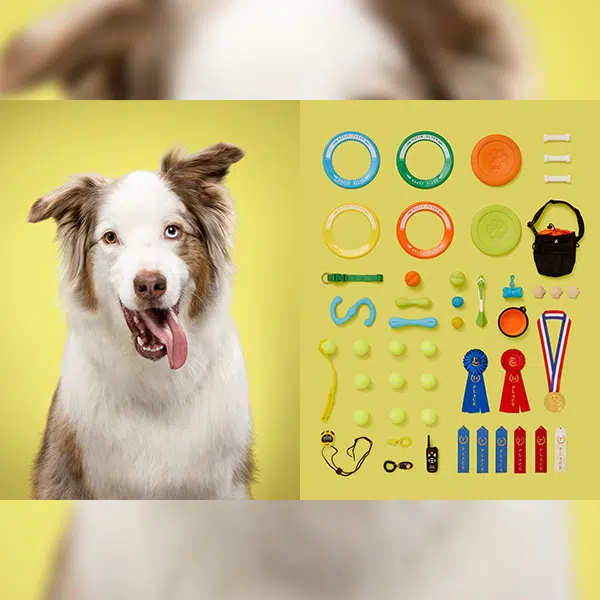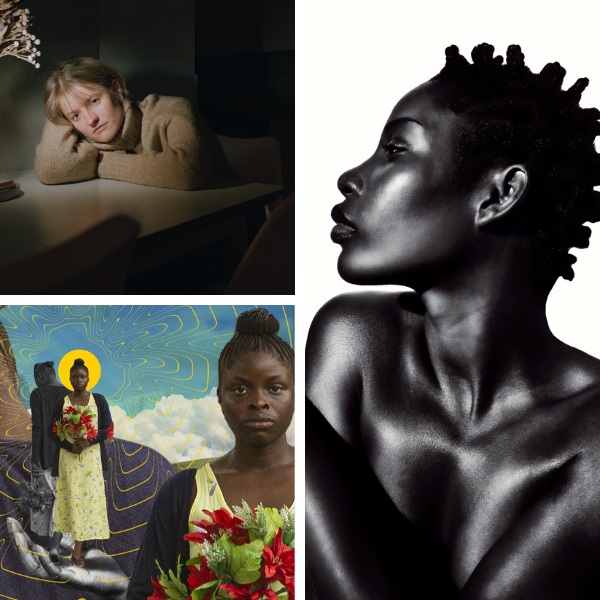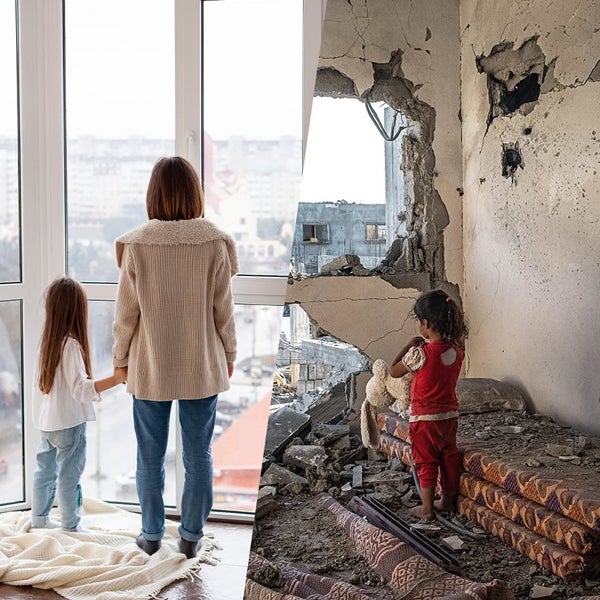Amidst the tragic aftermath of World War II, European children were unprepared to face the famine and disease that became an unavoidable part of their lives. With these devastating consequences before them, the United Nations aimed to provide this defenseless part of the population with the food, clothing, and healthcare they'd need to survive. Luckily, UNICEF–a humanitarian organization founded by the United Nations in 1946–has worked to give every child a fighting chance.
Now, 70 years later, UNICEF is witnessing misfortunes similar to those during World War II. In an attempt to reach safety, over one million refugees have made their way to Europe. One in four of these asylum seekers are children who must face dangerous journeys that leave them susceptible to poverty, discrimination, abuse, and human trafficking. To uncover this unimaginable situation, UNICEF created a photo series depicting the aftermath of World War II and today's refugee crisis in a side-by-side arrangement. This project thereby leaves room for many eye-opening comparisons, in the hopes of enlightening a few viewers and opening up their hearts to giving refugees a chance.
Above: “Circa 1946 in Greece, girls peer through the window of a schoolhouse where a medical clinic has been set up. In 2015 in the former Yugoslav Republic of Macedonia, a small child refugee stands with adults at a wire fence in Gevgelija, stranded at the main entry point to the country.” Photo credit: UNICEF/UN04768/Gilbertson VII
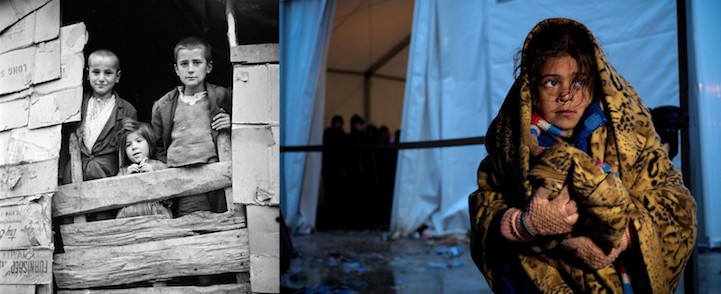 “In Greece circa 1949, children peer out of a makeshift hut. In 2015 in the former Yugoslav Republic of Macedonia, a girl refugee, huddled under a blanket to ward off the cold, stands outside a tent. Many children are on the move, and all are in need of proper care and protection.” Photo credit: UNICEF/UN04764/Gilbertson VII
“In Greece circa 1949, children peer out of a makeshift hut. In 2015 in the former Yugoslav Republic of Macedonia, a girl refugee, huddled under a blanket to ward off the cold, stands outside a tent. Many children are on the move, and all are in need of proper care and protection.” Photo credit: UNICEF/UN04764/Gilbertson VII
 “In 1945 in Albania, a woman holding a baby stands in the doorway of a camp for displaced persons, in Kavaja. In 2015, Fatima Marge holds her 18-month-old son, Hassan, with her husband, Ali beside her, inside a tent in a temporary camp near Idomeni in Greece.” Photo credit: UNICEF/UN04776/Gilbertson VII
“In 1945 in Albania, a woman holding a baby stands in the doorway of a camp for displaced persons, in Kavaja. In 2015, Fatima Marge holds her 18-month-old son, Hassan, with her husband, Ali beside her, inside a tent in a temporary camp near Idomeni in Greece.” Photo credit: UNICEF/UN04776/Gilbertson VII
 “A young boy holds a crying child in a camp for displaced persons in Kavaja, Albania circa 1945. In 2015 in the former Yugoslav Republic of Macedonia, a crying child is comforted near Gevgelija. Long and uncertain journeys leave children frightened and vulnerable.” Photo credit: UNICEF/UN04762/Georgiev
“A young boy holds a crying child in a camp for displaced persons in Kavaja, Albania circa 1945. In 2015 in the former Yugoslav Republic of Macedonia, a crying child is comforted near Gevgelija. Long and uncertain journeys leave children frightened and vulnerable.” Photo credit: UNICEF/UN04762/Georgiev
 “In Greece circa 1950, a boy wears socks held up with string and men's shoes many sizes too large. In 2015 in Gevgelija, Jamal Majati ties his son Basher's shoelaces, after stopping to change their clothes in a UNICEF-supported child-friendly space, as they flee the Syrian conflict.” Photo credit: UNICEF/UN04763/Gilbertson VII
“In Greece circa 1950, a boy wears socks held up with string and men's shoes many sizes too large. In 2015 in Gevgelija, Jamal Majati ties his son Basher's shoelaces, after stopping to change their clothes in a UNICEF-supported child-friendly space, as they flee the Syrian conflict.” Photo credit: UNICEF/UN04763/Gilbertson VII
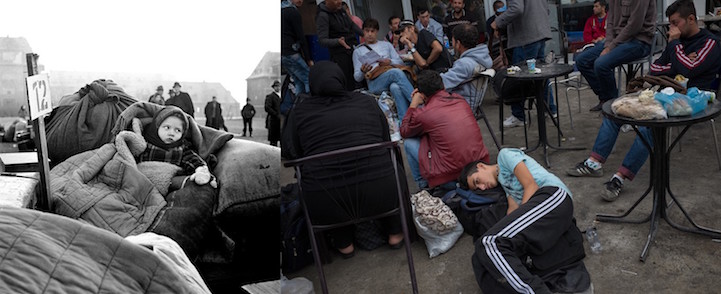 “Circa 1946 in Germany, a displaced girl wrapped in blankets, sits atop her belongings, waiting to continue her journey home. In 2015 in Serbia, a boy refugee rests on a suitcase at a reception centre in Preevo. He'll travel further after receiving his travel papers.” Photo credit: UNICEF/UN04778/Gilbertson VII
“Circa 1946 in Germany, a displaced girl wrapped in blankets, sits atop her belongings, waiting to continue her journey home. In 2015 in Serbia, a boy refugee rests on a suitcase at a reception centre in Preevo. He'll travel further after receiving his travel papers.” Photo credit: UNICEF/UN04778/Gilbertson VII
 “A boy refugee reads a book in Greece circa 1955. Children draw in a UNICEF-supported child friendly space, equipped with educational materials and toys for children passing through Preevo, exhausted from their long journeys, in Serbia in 2015.” Photo credit: UNICEF/UN04771/Georgiev
“A boy refugee reads a book in Greece circa 1955. Children draw in a UNICEF-supported child friendly space, equipped with educational materials and toys for children passing through Preevo, exhausted from their long journeys, in Serbia in 2015.” Photo credit: UNICEF/UN04771/Georgiev
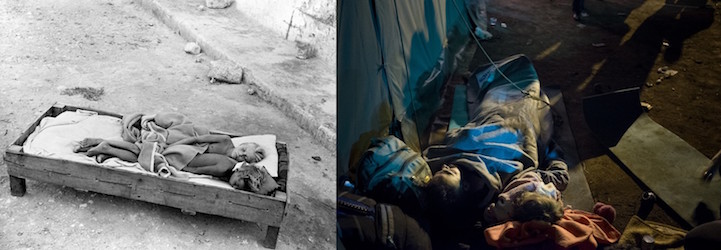 “Two children sleep on a wooden bed in the middle of a street in Italy circa 1945. In Croatia, an adult and a child refugee sleep outdoors on makeshift bedding at a transit centre in 2015.” Photo credit: UNICEF/UN04767/Gilbertson VII
“Two children sleep on a wooden bed in the middle of a street in Italy circa 1945. In Croatia, an adult and a child refugee sleep outdoors on makeshift bedding at a transit centre in 2015.” Photo credit: UNICEF/UN04767/Gilbertson VII
 “Circa 1945 in Greece, families occupy small partitioned spaces as their temporary living quarters in a displaced persons bureau. In 2015 in Germany, a refugee shelter at Templehof Airfield, used during the 1948 Berlin Airlift, now houses 2,000 refugees.” Photo credit: UNICEF/UN04766/Gilbertson VII
“Circa 1945 in Greece, families occupy small partitioned spaces as their temporary living quarters in a displaced persons bureau. In 2015 in Germany, a refugee shelter at Templehof Airfield, used during the 1948 Berlin Airlift, now houses 2,000 refugees.” Photo credit: UNICEF/UN04766/Gilbertson VII
 “In 1949 in Italy, a girl smiles as she has her measurements taken for a new dress at the Santa Genoveva Institute, an orphanage in Naples. In 2015 in the former Yugoslav Republic of Macedonia, Syrian, Afghani and Iraqi refugees collect winter clothes distributed in Tabanovce.” Photo credit: UNICEF/UN04765/Gilbertson VII
“In 1949 in Italy, a girl smiles as she has her measurements taken for a new dress at the Santa Genoveva Institute, an orphanage in Naples. In 2015 in the former Yugoslav Republic of Macedonia, Syrian, Afghani and Iraqi refugees collect winter clothes distributed in Tabanovce.” Photo credit: UNICEF/UN04765/Gilbertson VII
 “Circa 1950 in Greece, girls receive provisions. Greece both contributed to and received aid from UNICEF for relief distribution to Palestinian refugees. In 2015 in Greece, a volunteer aid worker places an emergency blanket over three newly arrived child refugees eating bananas.” Photo credit: UNICEF/UN04773/Gilbertson VII
“Circa 1950 in Greece, girls receive provisions. Greece both contributed to and received aid from UNICEF for relief distribution to Palestinian refugees. In 2015 in Greece, a volunteer aid worker places an emergency blanket over three newly arrived child refugees eating bananas.” Photo credit: UNICEF/UN04773/Gilbertson VII
 “Circa 1950 in Italy, children with disabilities play football. In 2015 in the former Yugoslav Republic of Macedonia, teenagers play football at a refugee and migrant reception centre. Children need access to safe spaces where they can rest and receive emotional support.” Photo credit: UNICEF/UN04777/Gilbertson VI
“Circa 1950 in Italy, children with disabilities play football. In 2015 in the former Yugoslav Republic of Macedonia, teenagers play football at a refugee and migrant reception centre. Children need access to safe spaces where they can rest and receive emotional support.” Photo credit: UNICEF/UN04777/Gilbertson VI
 “Circa 1946 in Greece, displaced girls enjoy a ration of ‘halva', a nourishing mixture of semolina flour, olive oil or margarine, and sugar. In 2015, a child refugee eats a snack standing on a railroad track near Gevgelija, on the border with Greece.” Photo credit: UNICEF/UN04770/Georgiev
“Circa 1946 in Greece, displaced girls enjoy a ration of ‘halva', a nourishing mixture of semolina flour, olive oil or margarine, and sugar. In 2015, a child refugee eats a snack standing on a railroad track near Gevgelija, on the border with Greece.” Photo credit: UNICEF/UN04770/Georgiev
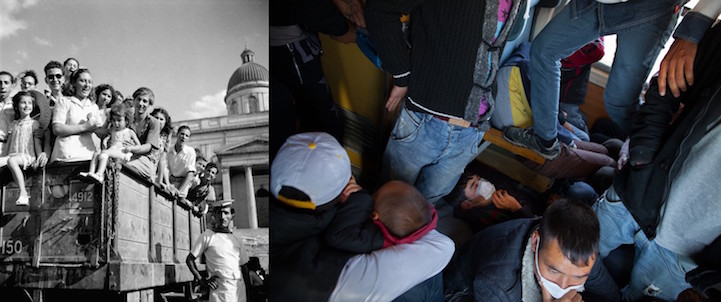 “In Greece circa 1946, children orphaned by the war, wait in a truck journeying to adopting families. In 2015, a boy tries to sleep on a crowded train travelling toward the Serbian border from Gevgelija. Both then and now, integrating refugees into new communities is critical.” Photo credit: UNICEF/UN04774/Gilbertson VI
“In Greece circa 1946, children orphaned by the war, wait in a truck journeying to adopting families. In 2015, a boy tries to sleep on a crowded train travelling toward the Serbian border from Gevgelija. Both then and now, integrating refugees into new communities is critical.” Photo credit: UNICEF/UN04774/Gilbertson VI
 “In Hungary circa 1945, children sit with their feet wrapped in cloth, outside a children's hospital where supplies of clothing and slippers are almost completely exhausted. In 2015, women warm their children's feet next to a stove in a UNICEF-supported child-friendly space in Serbia.” Photo credit: UNICEF/UN04775/Gilbertson VII
“In Hungary circa 1945, children sit with their feet wrapped in cloth, outside a children's hospital where supplies of clothing and slippers are almost completely exhausted. In 2015, women warm their children's feet next to a stove in a UNICEF-supported child-friendly space in Serbia.” Photo credit: UNICEF/UN04775/Gilbertson VII
 “A humanitarian worker conducts a nutrition survey with a family in an outdoor kitchen area, in the heavily war-damaged village of Lika in Yugoslavia, circa 1945. In the former Yugoslav Republic of Macedonia, a UNICEF translator dries the tears of a crying girl in Gevgelija in 2015.” Photo credit: UNICEF/UN04772/Georgiev
“A humanitarian worker conducts a nutrition survey with a family in an outdoor kitchen area, in the heavily war-damaged village of Lika in Yugoslavia, circa 1945. In the former Yugoslav Republic of Macedonia, a UNICEF translator dries the tears of a crying girl in Gevgelija in 2015.” Photo credit: UNICEF/UN04772/Georgiev
 “In 1946 in Poland, a refugee family rests on their belongings during their travel to the farm that awaits them in the Lower Silesia region. In 2015 in the former Yugoslav Republic of Macedonia, a boy wrapped in a blanket rests beside a railroad track heading further north to Serbia.” Photo credit: UNICEF/UN04769/Georgiev
“In 1946 in Poland, a refugee family rests on their belongings during their travel to the farm that awaits them in the Lower Silesia region. In 2015 in the former Yugoslav Republic of Macedonia, a boy wrapped in a blanket rests beside a railroad track heading further north to Serbia.” Photo credit: UNICEF/UN04769/Georgiev
UNICEF: Website | Facebook | Tumblr | Donate
via [Medium]
All images and captions via UNICEF. Learn more about the refugee and migrant crisis in Europe. #FightUnfair












































































